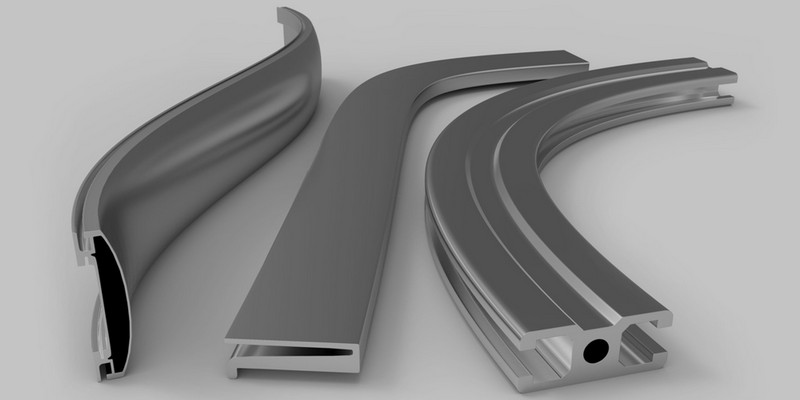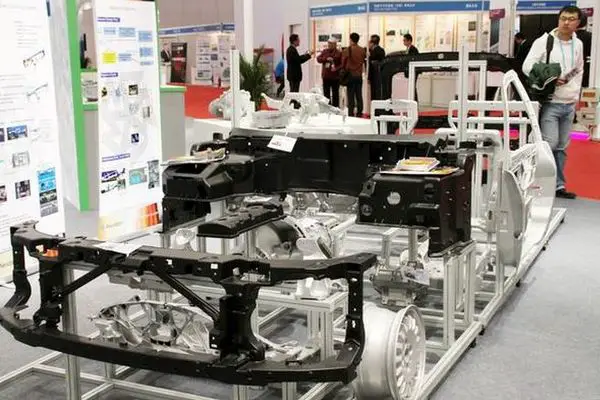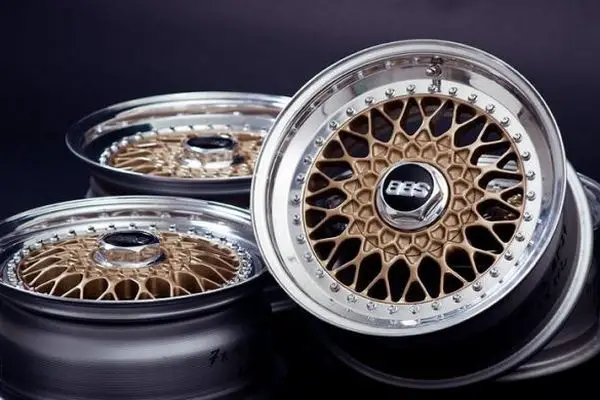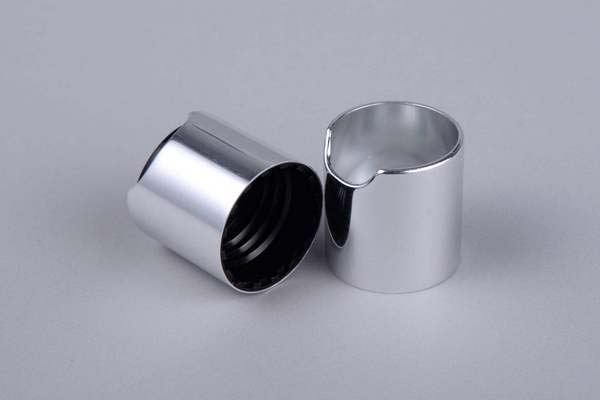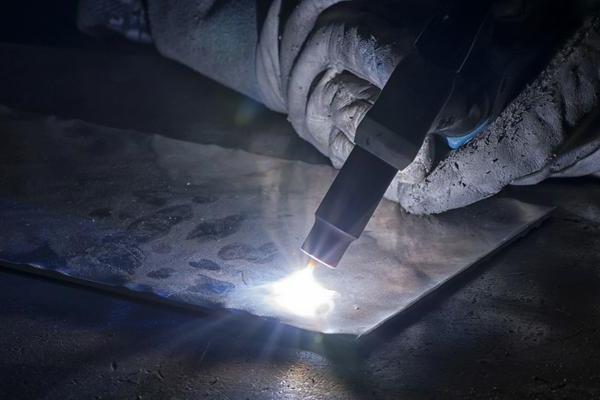Click here to get this post in PDF
Necessary to improve value of aluminum parts
Aluminum is an excellent metal that is light, strong, easily processed into various shapes of aluminum machined parts. It is recyclable and beautiful. After iron, aluminum is the second most-produced metal in the world. It is used in a wide range of products, from industrial products to daily necessities.
Even metals with such wonderful characteristics may have an imperfection in terms of usage. For example, it is softer and easier to scratch than iron. It will be corroded depending on the environment. To compensate for these disadvantages, surface finishing is applied. Various characteristics can be added, such as hardening, improving corrosion resistance, and giving it an aesthetic appearance. It is a way to improve the value of aluminum parts.
With knowledge of aluminum and its surface finishing, we can choose proper surface finishing for different CNC machining aluminum parts. As an expert supplier in this CNC machining industry, our role is to improve the value of aluminum parts.
Characteristics of aluminum
1. Light weight
The specific density of aluminum is 2.7, iron 7.8, and copper 8.9. So aluminum is about 1/3 lighter. This lightness leads to speed up and energy savings of automobiles, aircraft, trains, etc. It is a metal that is friendly to the global environment.
2. Soft
The hardness of aluminum is low. Such as AL5052-H32 is HV60, and AL6063-T6 is HV73. These are soft in hardness.
3. High strength
The tensile strength of aluminum (1000 series) is not so high although. By rolling process the strength is increased. Some alloys, such as duralumin (2000 series) and super duralumin (7000 series), have strength comparable to steel.
4. Good workability
Aluminum can be easily processed by rolling, bending, drawing, machining, etc. Die casting, and dewaxing casting are also widely used. It is even possible to heat and extrude the inside of the die at high pressure to produce thin-walled products, as in extrusion.
5. Good thermal conductivity
The thermal conductivity of aluminum is good in the order of “silver > copper > gold > aluminum”. It has three times the thermal conductivity of iron. Moreover, since the metal specific density is about 1/3 lighter than silver and copper, it is used as a heat sink component (heat sink, etc.) in various products.
6. Good electrical conductivity
The electrical conductivity of aluminum is good in the order of “silver > copper > gold > aluminum”. Although it is 60% of copper, its specific desity is 1/3 as light as copper, it conducts about twice as much electricity as copper wire of the same weight. Aluminum can be used for electric wires, electrodes, bus bars, etc.
7. Resistance to low temperatures
Aluminum is resistant to low temperatures and retains its strength even at cryogenic temperatures of -200°C, making it suitable for structural materials in low-temperature environments. Copper is not suitable for structural materials because it becomes brittle at temperatures below -62°C.
8. Good recyclability
For aluminum, the energy required to regenerate from melting is 1/28 of the energy required to manufacture new aluminum metal. It is a metal with high scrap value.
9. Non-toxic
Aluminum is a non-toxic metal, as used in cookware and beverage cans.
10. Non-magnetic
Aluminum is a non-magnetic metal that does not stick to magnets. Because it is a light metal, it is suitable for use in electromagnetic shielding boards to protect against external magnetic field lines and noisy radio waves.
How to improve value of aluminum parts
1. Improve the corrosion resistance of aluminum
Aluminum combines with oxygen in the air to naturally form a thin oxide film. Due to its oxide film, it is a metal with excellent corrosion resistance, but it is possible to make it even more corrosion resistant by surface finishing. The type of surface finishing recommended varies depending on the intended use and required quality. But it is possible to improve corrosion resistance with all of anodize, chemical conversion, and plating.
Applicable surface finishing:
AlumiPlate (high corrosion resistance plating on aluminum materials)
Anodizing (normal anodizing, hard anodizing)
Chemical conversion (direct chromate)
2. Improve wear resistance, slid ability and strength
Aluminum is a strong metal that can be used in structures, but it is also a soft metal. It can be hardened by heat treatment, but surface finishing is required to make it even harder.
Although it depends on the aluminum material models, it is possible to increase the surface hardness to HV200 for our normal anodize, HV400 or more for hard anodize, and HV800 or more for nickel chrome plating.
By making it harder, the mass of the film increases, and the wear resistance performance improves. Because it is light, it is suitable for parts that move fast or parts that move with less energy. In addition, lubricity and slid ability can be improved by coating aluminum with PTFE etc.
Applicable surface finishing:
Hard anodizing
Electroless nickel plating
Nickel-chromium plating
3. Add a beautiful appearance
Aluminum is a metal with a beautiful appearance as it is. However, anodizing and plating can further enhance the design.
Depending on the appearance of plating of various metal colors with a mirror finish and matte texture and type of aluminum alloy, it is possible to create various colors with a beautiful metallic texture by anodizing and dyeing.
At the same time, it is also possible to ensure corrosion resistance and strength.
Applicable surface finishing:
Polishing
Nickel plating
Nickel chrome plating-
Anodizing (various colors)
4. Making products utilize high electrical conductivity
Aluminum is the fourth largest metal that conducts electricity well. However, if the aluminum material is left as it is, it will become a metal with high contact electrical resistance due to the oxide film that is naturally created by combining with oxygen in the air. Therefore, by plating a metal film with low contact electrical resistance, it is possible to make aluminum products that are light and conduct electricity well.
Applicable surface finishing:
Plating for electrodes
5. Adding solderability to light metal properties
If you want to make parts using aluminum’s lightness and ease of processing, but want to fix products by soldering, it is impossible to solder with the aluminum surface as it is. In this case, aluminum parts that can be soldered are completed by applying a plating suitable for soldering to aluminum.
Nickel plating has high solder wettability, and tin plating, they have been used for soldering purposes for a long time.
Applicable surface finishing:
Solderable nickel plating
Tin plating
6. To further improve the electromagnetic wave shielding performance
Aluminum has electromagnetic shielding performance. However, there is a copper plating process when you want to further improve the electromagnetic wave shielding performance. This finishing has been adopted for its improved electromagnetic wave shielding performance in a wide frequency range.
Applicable surface finishing:
Copper plating
Electroless nickel plating
7. Making heat sink that utilizes the excellent thermal conductivity of aluminum
Aluminum ranks 4th in the ranking of metals with good thermal conductivity, and because it is light, it is often used as a material for heat sinks.
However, anodizing does not improve the thermal conductivity. In fact, the anodize film is inferior in thermal traditional performance to pure aluminum materials.
The reason why anodized aluminum is used for heat sinks is that anodized aluminum increases the radiation rate and improves the heat dissipation effect.
As to whether it is better to increase the radiation rate or to use the heat conduction performance of the material as it is, the effective surface treatment depends on the usage environment.
There is change in performance depending on the thickness of the anodizing. It also depends on the aluminum material models. If you want to use the performance of the aluminum material as it is, chemical conversion is recommended.
In addition, anodizing or chemical conversion is necessary for aluminum die-cast heat sinks that can create complex shapes. Even it is not necessary to increase the radiation rate, the performance often deteriorates due to corrosion. So, surface finishing is necessary for high performance heat sinks.
Applicable surface finishing:
Anodizing
Chemical Conversion coating
8. Making parts with extremely high adhesion, bonding strength and airtightness between aluminum and different materials
By electrolyzing aluminum to produce a special form of aluminum oxide, it is possible to make parts with extremely high bonding strength and airtightness. For example, by insert-molding resin with the treated aluminum parts, it is possible to make integrated parts with extremely high bonding strength and airtightness of aluminum and resin.
Also, when bonded with epoxy adhesive, the bond strength is very high and stable.
9. Dimension change by aluminum surface finishing
Chemical polishing and buffing: Dimension decrease
Chemical conversion coating: No dimension change
Anodizing: Dimension increase. Normal anodizing is 1/3 of total film thickness increased, hard anodizing is 1/2 of total film thickness increased.
Plating: Dimension increase (plating film thickness)
Painting: Dimensional increase (for painting film thickness)
Conclusion
Depending on the customer’s request, we may participate in the product launch planning, and from the initial stage we can propose specifications that do not cause problems. Our proposals can satisfy the required functions while keeping costs low. Our knowledge of the relationship between aluminum characteristics and surface finishing allows us to make proposals that will contribute to increasing the value of aluminum parts. If you don’t know how to add value to your aluminum parts, please feel free to contact waykenrm.com.
You may also like: The Rising Popularity Of Copper And Bronze In The Forging Industry
